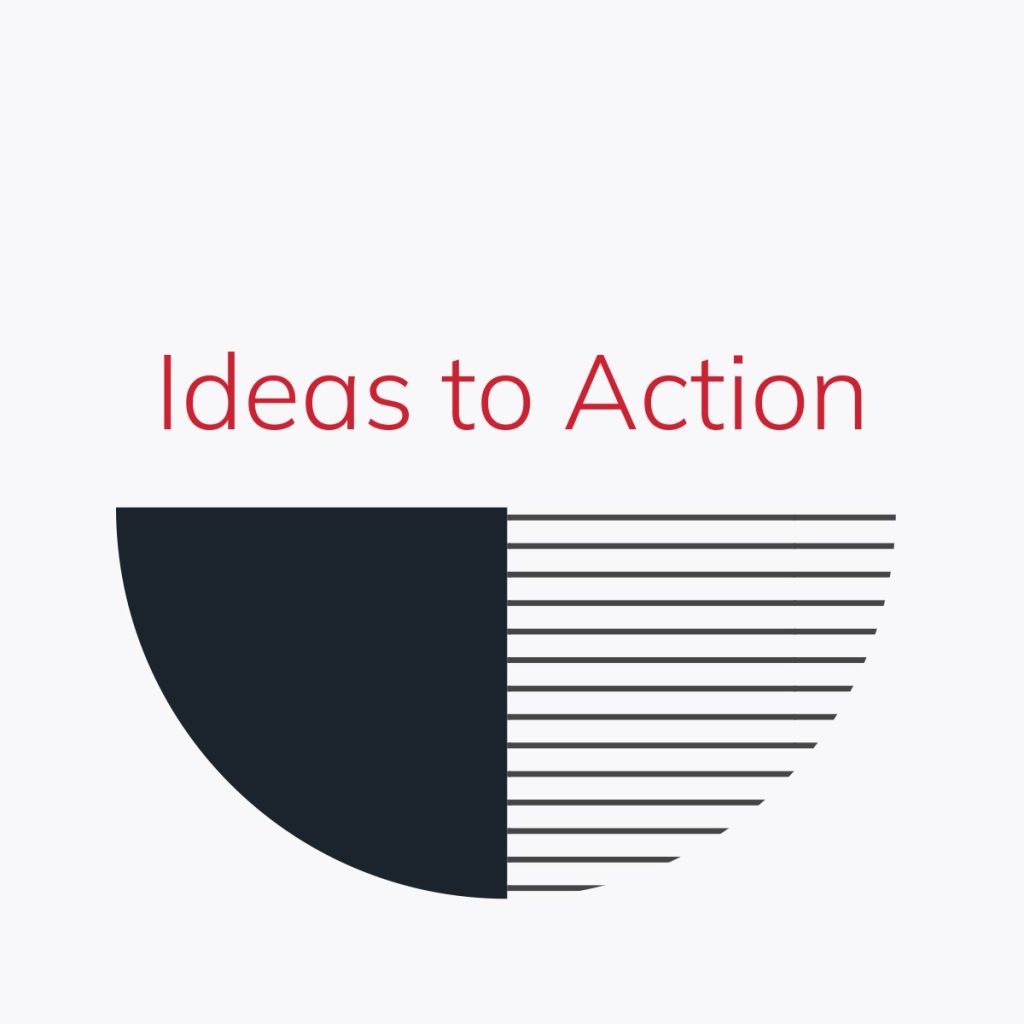How can we do it better next time?
That’s the question I am often asked by individuals, teams, or organisations when I work with them. It might be when discussing the outcomes of a board evaluation, or with a project team in working through the ‘lessons learned’ from a recent project.

Taking the time to reflect is vital to ensure you can do better ‘next time’. It’s like being a detective – you uncover facts, hear from ‘witnesses’, look for clues, ask the right questions until the whole mystery makes sense.
Aim to keep the things that work well – and share them with others! And devise different ways to do things that need improvement.
Here are some key steps to make sure the reflection is constructive and useful:
- Be future focussed – you need to know what has happened and then not dwell on it. What will you do with your experience to make things better in the future?
- Be improvement focussed – celebrate the things that have gone well … and then get on to working out what needs to improve
- Avoid blame – this is a learning process, not a blame game. Approach the process with curiosity, not judgement.
- Get the team involved – involve those that have worked on it as well as those who will be involved in the future. Developing collective views on what has worked well and what could be done differently is more likely to be accurate and implemented.
- Consider the views of others – internal and external stakeholders. For a Board evaluation, this might be members, funders, staff. For a project, this might be partner organisations, communications staff as well as the project team or beneficiaries of the project.
- Timing – either regularly (such as annual board evaluation) or as soon as possible after the completion of a project or project milestone.
- Accountability – be clear on who is doing what at the end of the analysis. For example, it might be a recommendation that a stakeholder reference group be expanded – be clear about who is taking carriage for implementing this and when it is to be done.
- Facilitated – using an external facilitator to free up the team to focus on content whilst the facilitator concentrates on process.
How about you? What have you learned when reflecting on how to do better next time? What approach has worked well for you, your team or organisation? What have you learned?
I’d love to hear how you ensure you do things better next time – email me and let me know your thoughts.
